Silly question, everytime is a great time to be a toy photographer! But read on, you’ll see what I mean.
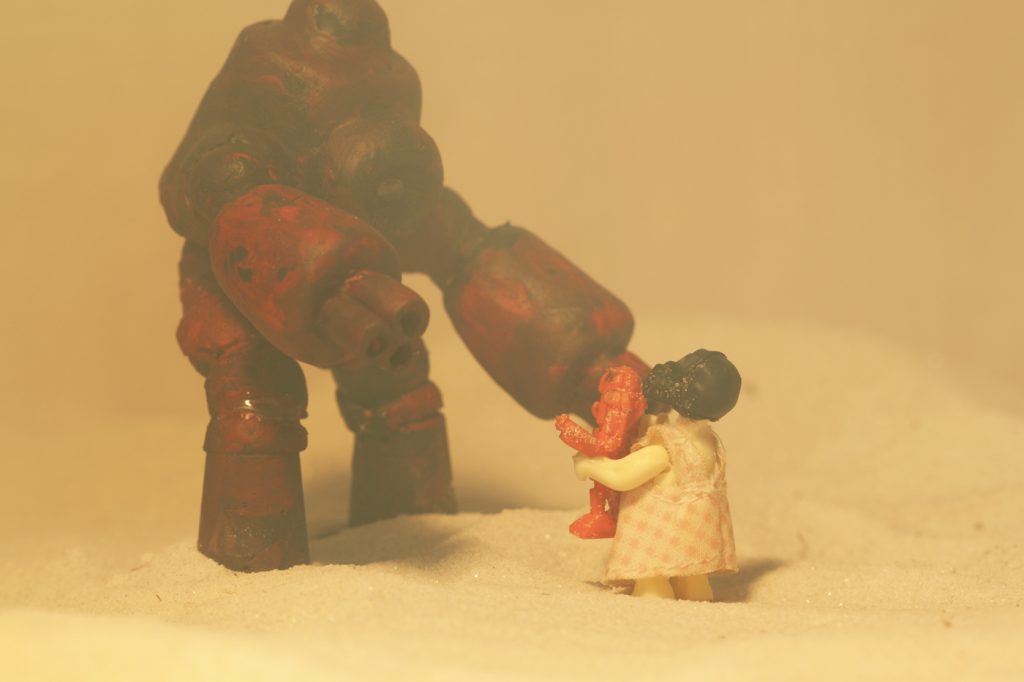
Mini Madness
The Cut recently released an article titled ‘The Big World of Teeny-Tiny Things’ of which they claim is an ‘everything guide to the miniature market.’ This article also appeared in New York Magazine. That’s a big deal. New York Magazine is reporting on miniatures. I want to say that’s such a strange concept, but I know very little of what New York magazine traditionally publishes. So, instead I’ll say, any publicity for minis I count as a win.
Toys, miniatures, whatever you call what you shoot, a win for a part is in a way, a win for all (and maybe some of you need a win after hearing Toys R Us has filed for bankruptcy – for those of you just learning from this parenthetical statement, don’t worry, it looks like things will look the same from our end for a while). I emailed The Cut, and told them toy photography would be a cool topic too. I don’t have high hopes that that email will be responded to in email reply or article form, but it was worth a try.
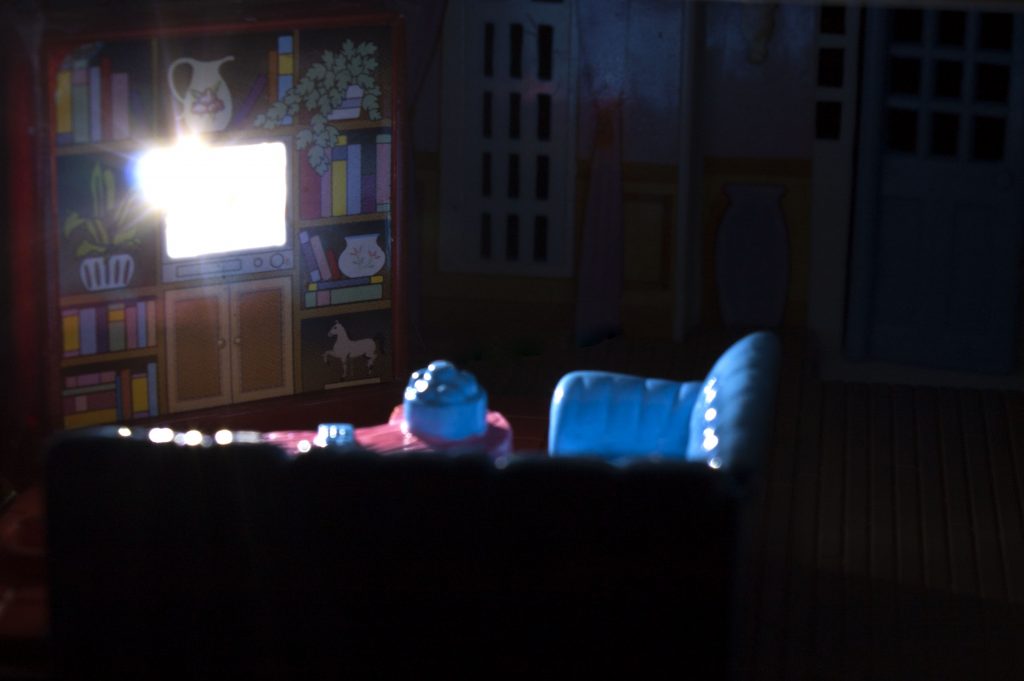
Toys Everywhere
Promptly after The Cut published their article, Apartment Therapy published ‘Tiny is Out, Extremely Teeny Tiny is In.’ And there are countless other articles swirling about featuring popular toy photographers, TV show intro themes relying on minis to tell their stories (Wayward Pines, Better Living through Chemistry), and various other advertising campaigns (Honda, Samuel & Sons, KitKat, Air Bnb).
Long story short, toy narratives are firmly staking their place in our modern culture (check out James’ post here for more great examples of this).
“But the causality of smallness stirs all our senses…”
– The Poetics of Space by Gaston Bachelard
What this means for us…
So what does this mean for us as toy photographers? Simply enough, it means this genre of photography has respect, at least to some degree. It means that this is the prime time for this type of photography to get noticed. Because what better for people who are into tiny things, than images of those things that can immerse you in their world? Lego accessories fit on my thumbnail, that’s tiny, that’s adorable, and then I see that beautifully lit and on the side table of a very tiny lego man. I mean, what’s not appealing about that?
So now, we just have to make sure people know we’re here. Shout it from the roof tops that we have something worth offering to the current mini madness. We have magical miniature worlds full of nostalgia and mystery for the masses to explore.
So that’s my piece. Now, where do we begin?


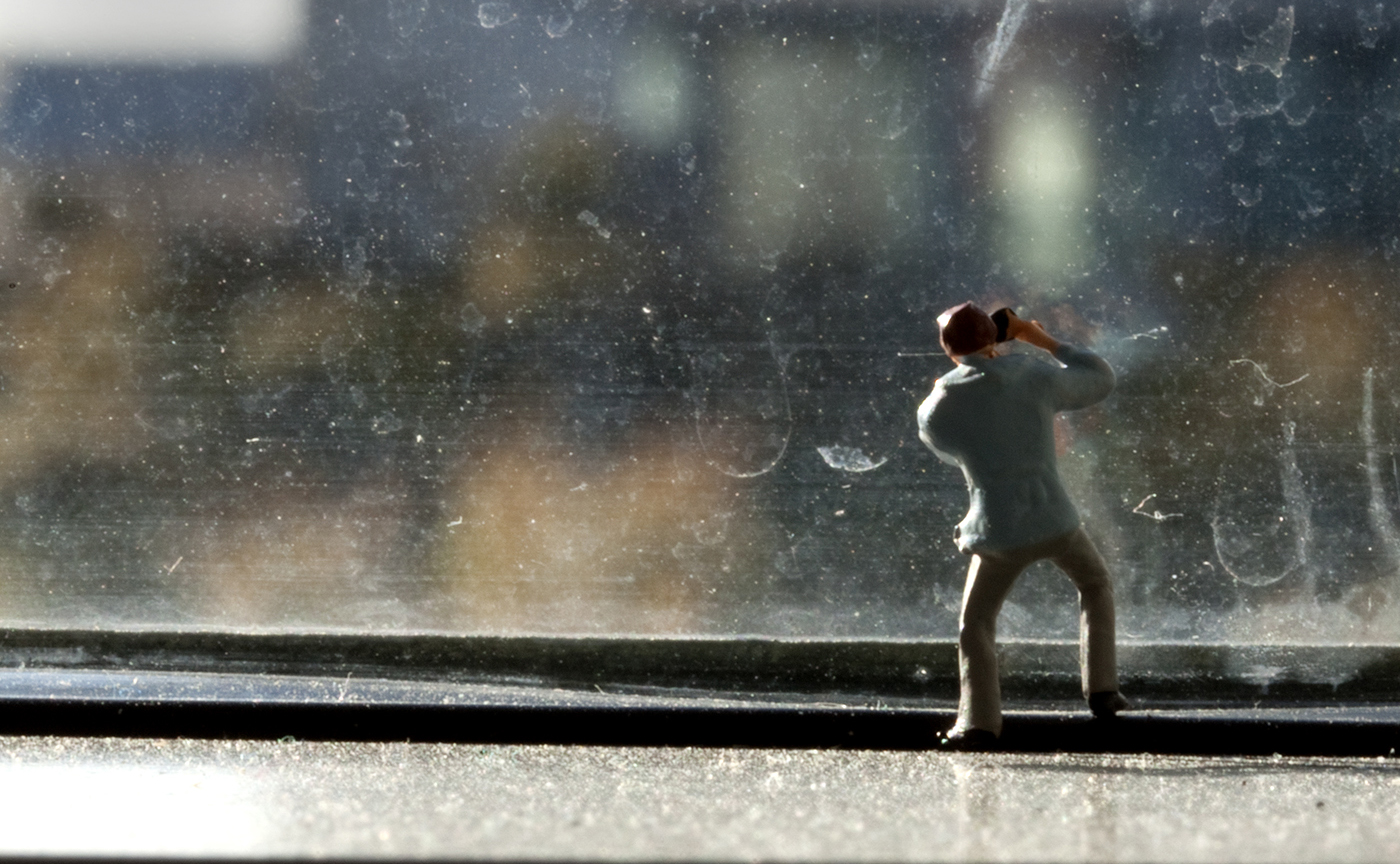
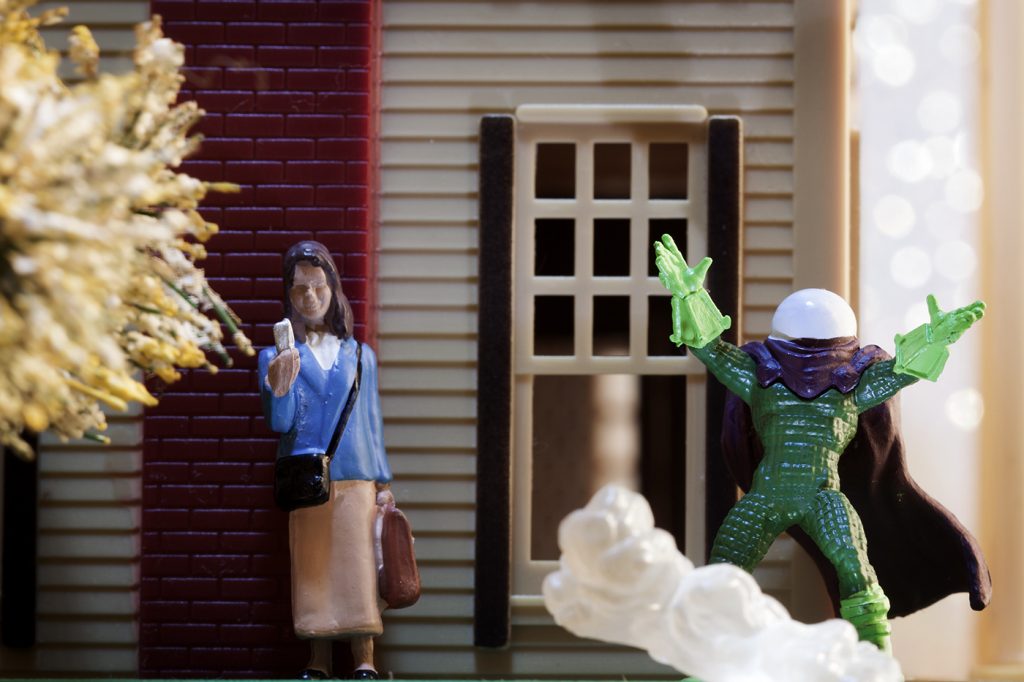
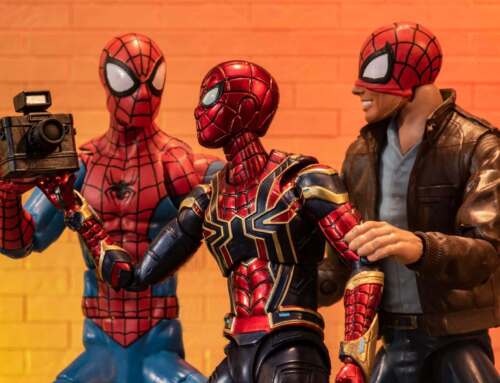
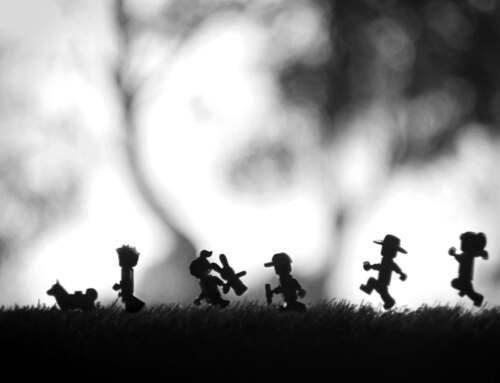
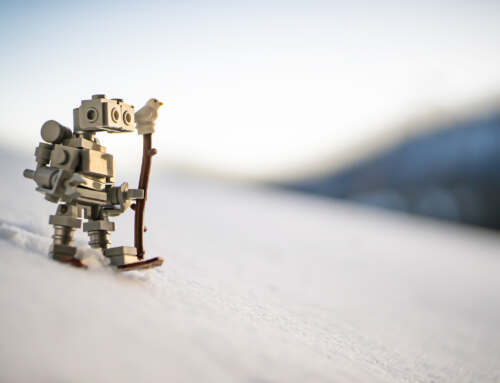
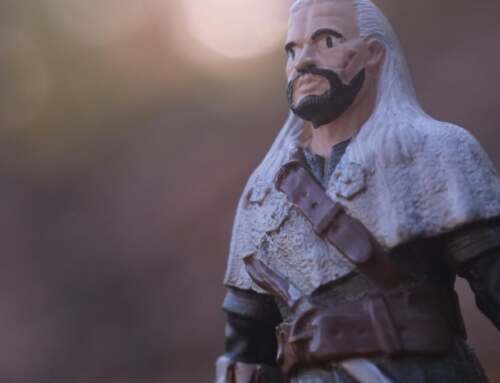
Another great article, Jennifer. I’m going to preface the following by saying that what follows is my opinion only. I feel strongly about it, but it’s ultimately an opinion. Is this the golden age of toy photography? Are there other criteria to reaching ‘golden age’ status besides the art form getting mainstream recognition in the media? I guess it depends on who you’re asking. If we are looking at it from purely a hobbyist standpoint then perhaps yes, this might be the golden age. Lots of amazing toys to choose from, growing mainstream recognition, large communities of likeminded individuals sharing images and ideas on Instagram and other online platforms, toy photographers cozying up to toy companies (and vice versa) and getting free toys in return for images. But for me, we won’t achieve golden age status until a toy photographer’s work is valued by the toy companies and is fairly compensated for. For example, I’d love to see Hasbro reach out to the handful of amazing photographers that they regularly send free toys to in return for amazing images and offer to compensate them going forward. Toy photographers valuing their own work and toy companies doing the same, allowing more to pursue actual careers doing what they love, is when I personally would say we’ve reached the golden age of toy photography. Some will dismiss this and say change like this is impossible and they are happy with the way things are. But ask a group of toy photographers if they’d like to shoot toys as a career and I’m guessing most if not all would say yes. Well that is simply not going to happen with the current toy photographer mentality, which opens the door to toy companies getting images for free. And who could really blame the toy companies for taking advantage of that? There needs to be a huge shift in the way we think in order for there to be change at the industry level. So right now I’d say we’re in the bronze age of toy photography…silver at most 🙂
Thank you for this insightful comment. I really do completely agree that we need the respect of brands. I would argue however that this is a problem all art genres and mediums face. Do I think the is the best time in the spotlight toy photographers will ever have the chance to have? No, but is it the best time we’ve ever had? Possibly, although maybe that was back in the 70s. In any case, it’s a good time to be right where we are, and maybe just maybe this many madness will be a small moment to shine.
I think more than needing the respect of brands, photographers and artists need to understand the value of their work and not sell themselves short. Yes, that happens in most arts, and especially so in photography. But toy photography actually takes it to an entirely different level because it’s a product that photographers lusts after because the toys and the photography are emotionally connected. As opposed to a photographer being hired to photograph food, car parts, widgets, whatever. I’ve actually had a couple toy photographers admit to me that they know they shouldn’t shoot in exchange for free toys, but the nerds inside of them really wants those ‘free’ toys. The struggle is real, haha!
Lol, I can see the desire for free toys. The struggle is real. But I completely agree that toy photographers really do need to value themselves as artists and value their work as such.